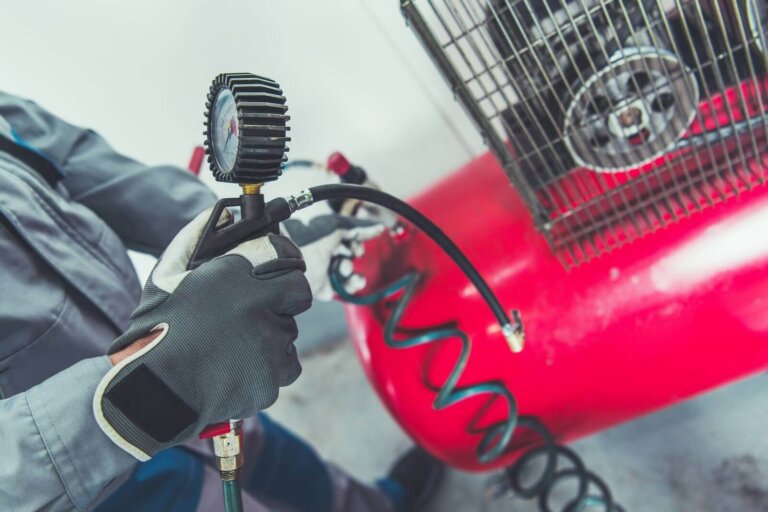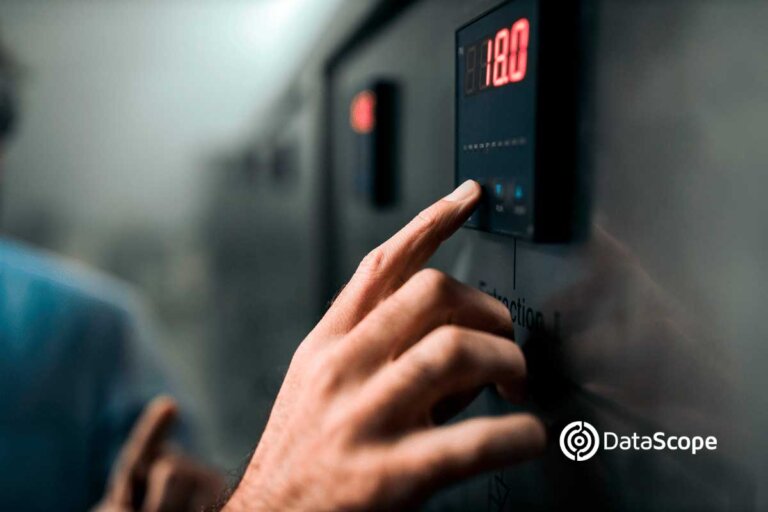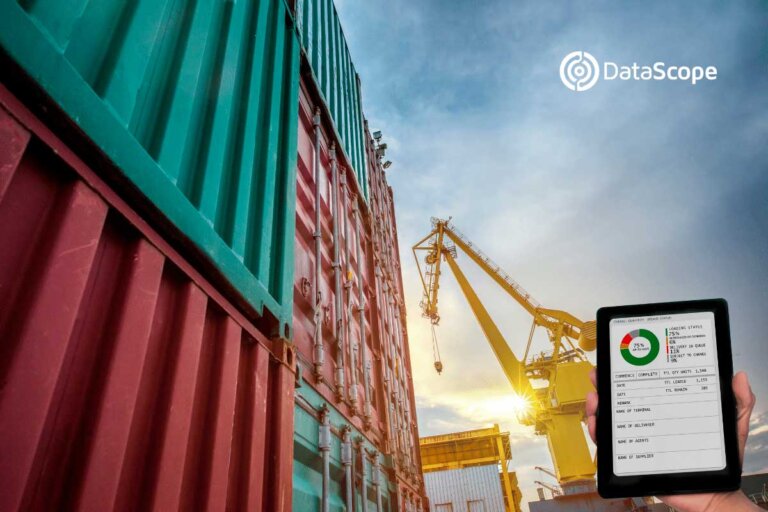Currently, there are different softwares and applications that can help us make a preventive maintenance plan for our organizations. It is about CMMS, Computerized Maintenance Management Software.
This type of software is capable of managing a database of information on all maintenance operations of a company or organization, as well as other functions that are key in this item, such as automating asset management, inventory control of spare parts and tools, labor, suppliers and contractors; the management of requests, the management of guarantees and documentation, management of tasks and work orders, the analysis of information with management reports, in addition to managing KPIs (key performance indicator, indicator to measure performance and / or performance of a process) to make better decisions.
The use of these softwares has become so important that some organizations have even created the position of CMMS Administrator, which is exclusively dedicated to supervising the operation of this type of systems. Whereas, in other companies, the responsibility lies with the Maintenance Manager or the Maintenance Administrator.
With a CMMS, the maintenance information is stored in a digital database available on the organization’s computers, although some software is already capable of having all this information available in the cloud. Decades ago, equipment maintenance was much more reactive, especially because of the difficulty of finding and tracking assets that required routine maintenance, and since all files were kept on paper, it was even more complex and difficult to access.
When CMMS solutions appeared in the 1980s, companies began to develop preventive reports on a more continuous basis to determine which of their assets required preventive maintenance. This allowed assets such as machinery, transportation and other important infrastructures to start having a longer useful life, a better organization and most importantly for organizations, considerably reduce business costs.
A CMMS software allows you to be doing preventive maintenance every day, whether it is planning tasks, responding to work requests or completing the data of a Work Order. But especially, it allows you to prioritize the completion of tasks and organize maintenance items, such as spare parts, suppliers, labor, and tools). With this, maintenance personnel can focus sharply on their maintenance functions and not waste time on paperwork.
Maintenance management is the most important function of the CMMS, as it provides managers with information that allows them to make decisions with the largest amount of relevant data. As the software is designed to provide users with an up-to-date view of asset status, maintenance needs (with full schedules), inventory forecasts, and easy access to reports.
Costs reduction
Considering this, we can say that the best CMMS system is the one that allows users to perform their maintenance tasks in the most effective way and that also saves time and reduces costs.
What benefits can we obtain from this type of software? The main three are increasing productivity, achieving lower maintenance costs and improving inventory management and the purchasing process, but there are also a number of advantages that we can achieve with the use of a CMMS.
• For example, the structure of this type of software allows us to program all maintenance tasks, which gives the option of developing a better planning of this type of tasks for equipment and machinery with which it is possible, in a proactive way, to carry out a detailed inventory of its condition and situation. Plus, it makes it much easier to prioritize, monitor, and plan maintenance management activities.
• Related to this type of actions, another advantage of CMMS is that it allows us to reduce equipment downtime, since, by knowing their status, it is possible to determine what the specific needs or maintenance are required, thus reducing the possibility of unexpected failures.
• CMMS are capable of generating reports, graphs and reports with all relevant information in real time, and then they can store this information for the entire organization. In addition, one of its functionalities is to enter all the data, maintenance, manuals or inventories, in the platform and then, collaborators can search for this data and access it in a simple way.
• In addition to eliminating paper and manual records, having electronic documents and the support of requests, work orders and tasks, allows you to guarantee the integrity of the data, and not have to follow the traces of printed documents, without worrying about what these documents are lost or have age damage.
• Having all the documents, metrics and data online, generates two other important benefits. First, the ability to make maintenance decisions based on data, and this have a much more precise and efficient maintenance management, which also gives us the possibility of being able to comply with compliance and safety standards.
• Considering these points, one of the most important advantages of CMMS software is the ability to increase the useful life of the equipment, because with planned and efficient maintenance, the equipment can function better and without unknown faults. Which finally also implies the reduction of our operating costs.
• Regarding the use of the data, these maintenance management systems also guarantee the traceability of the information, while these are being recorded electronically and automatically, with which it is possible to improve the management and administration of work orders.
With all this information, the software is capable of generating personalized reports for the organization, with the different data and information that needs to be collected, and in addition, the CMMS can be integrated with other company software and thus provide cross-information, giving better management.
• Another important point is that some CMMS softwares allow you to be in permanent contact with the technicians who are developing the maintenance, and organize the collaborators to carry out the necessary tasks. The system is capable of sending notifications and keeps them up to date with their maintenance tasks, thus avoiding any type of delays or uncoordination.
• Along the same lines, one of the advantages of using this type of software is also to improve communication with internal and external clients, since this type of technology allows sending notifications via email, SMS or other platforms, to all members of the company. organization involved in a certain process. With this, it is possible to generate a much more direct communication, in addition to facilitating the programming and control of maintenance plans.
When is it necessary to use a CMMS?
The size of the company does not matter, but in the processes that you want to use.
For example, in an organization that uses various industrial equipment, this technology would be of great help, especially if this equipment has costly maintenance or breakdowns, or if it requires managing infrastructures and large facilities, such as hotels, malls, industrial buildings, or the like.
Another criterion that might require the use of a CMMS is in the event that your company has to report on hygiene, safety and quality criteria (such as ISO standards), where the ability to record data from the software would be very useful.
CMMS are a key tool for the correct preventive maintenance plan of an organization, but, in addition, they can help in various operations thanks to their advantages and benefits. The most important is that they allow us to stop having a reactive position and assume a much more proactive attitude when planning the care of our equipment and facilities. In this way we can increase the quality of our service that we deliver to the end customer.






